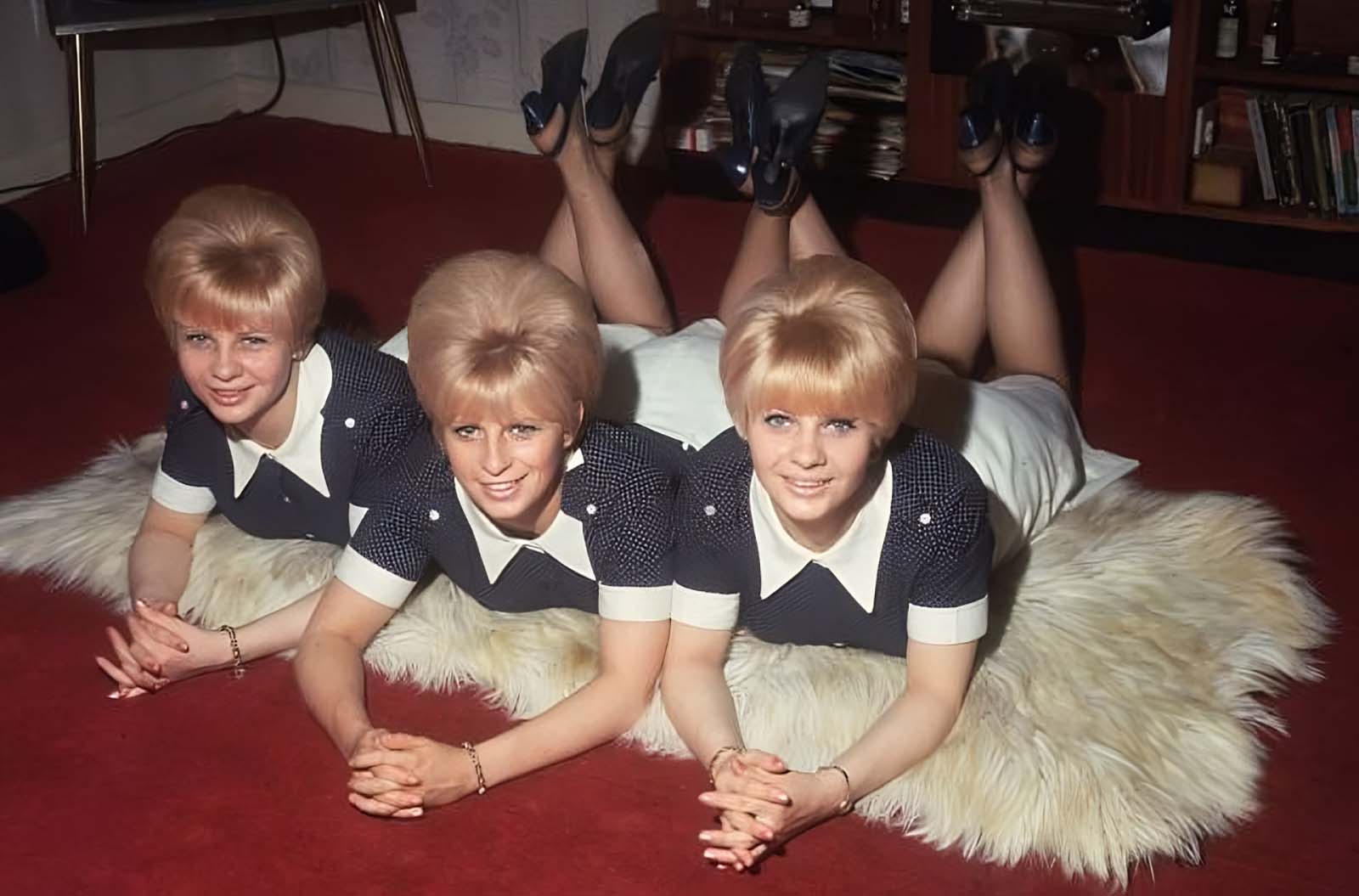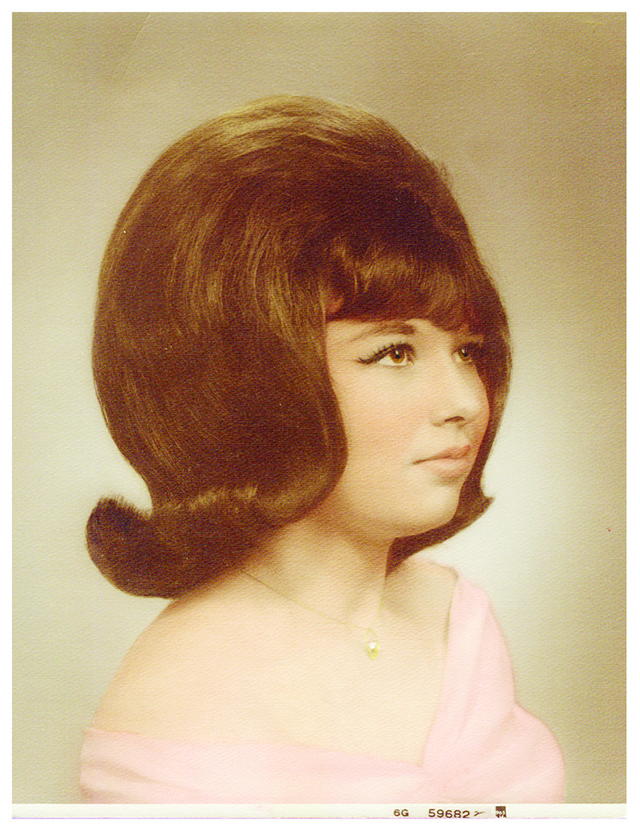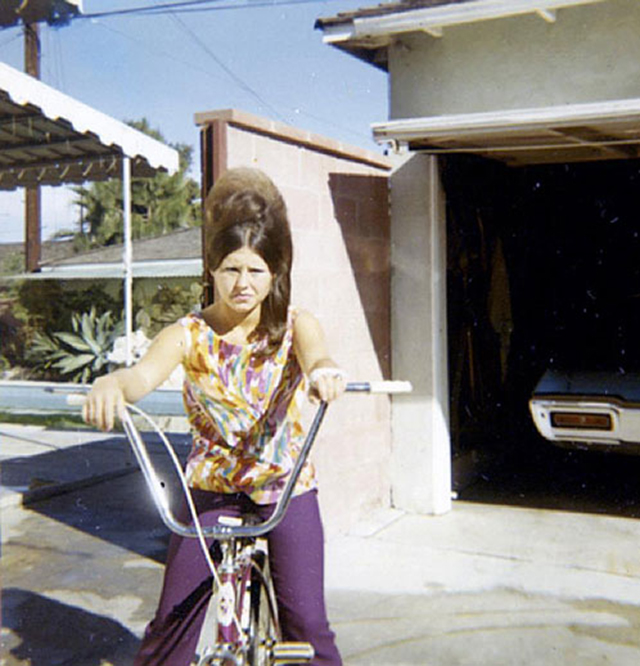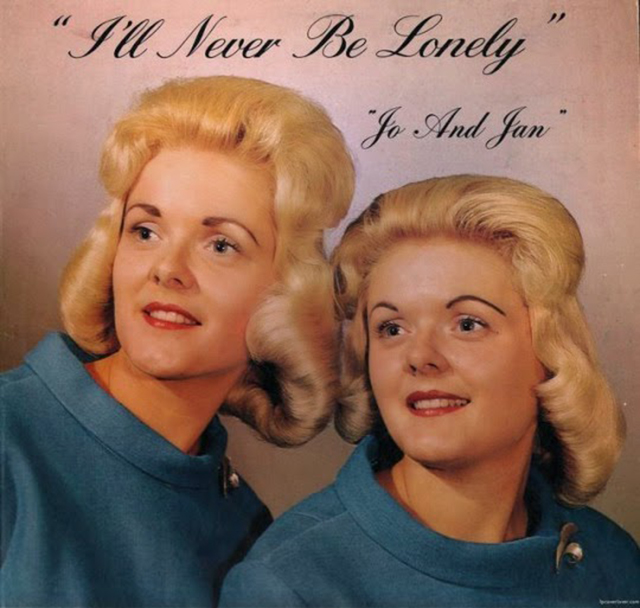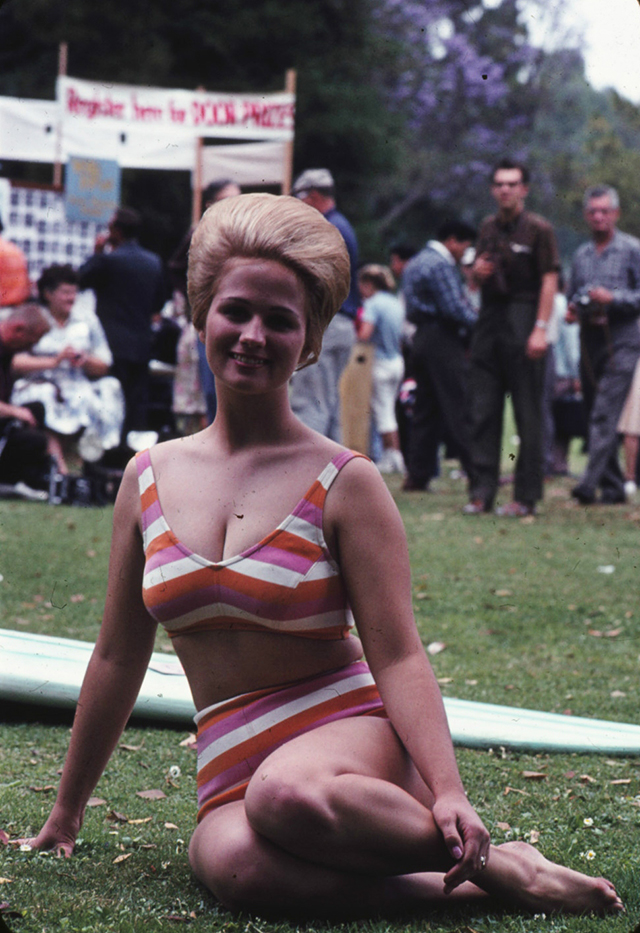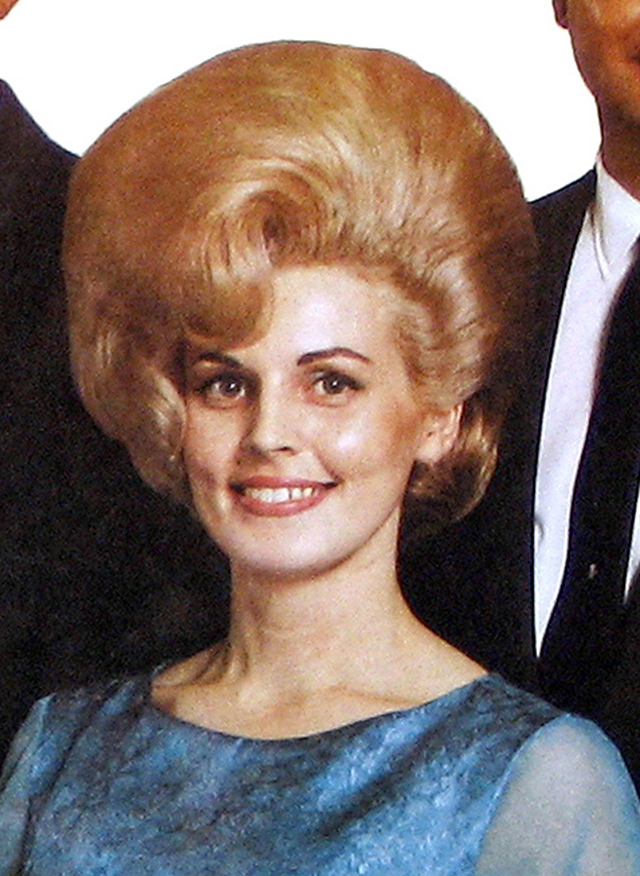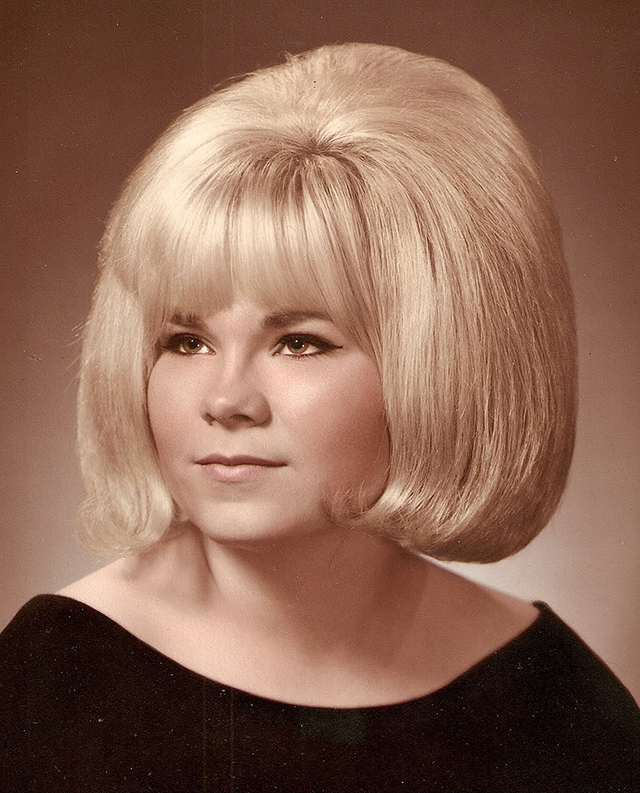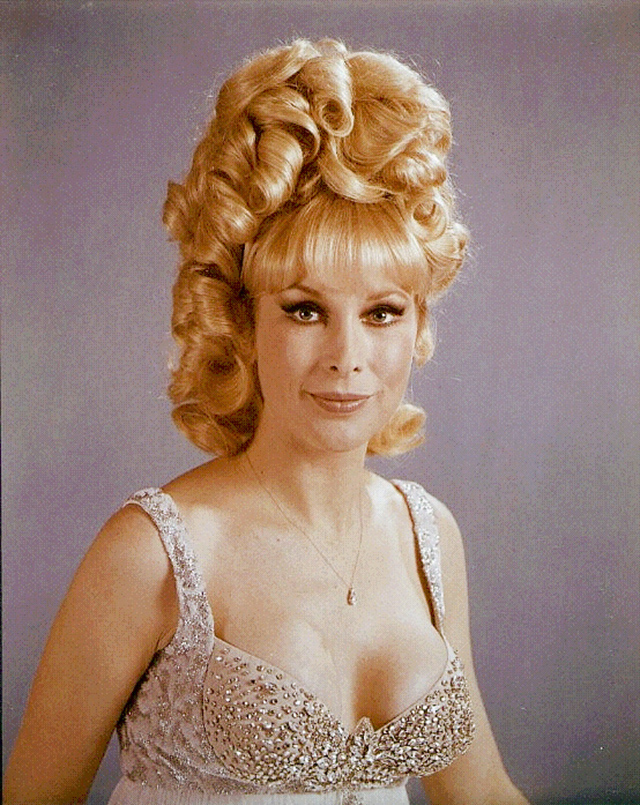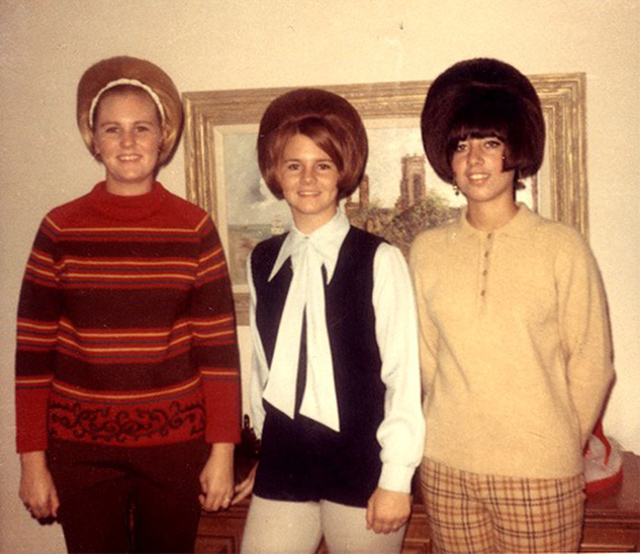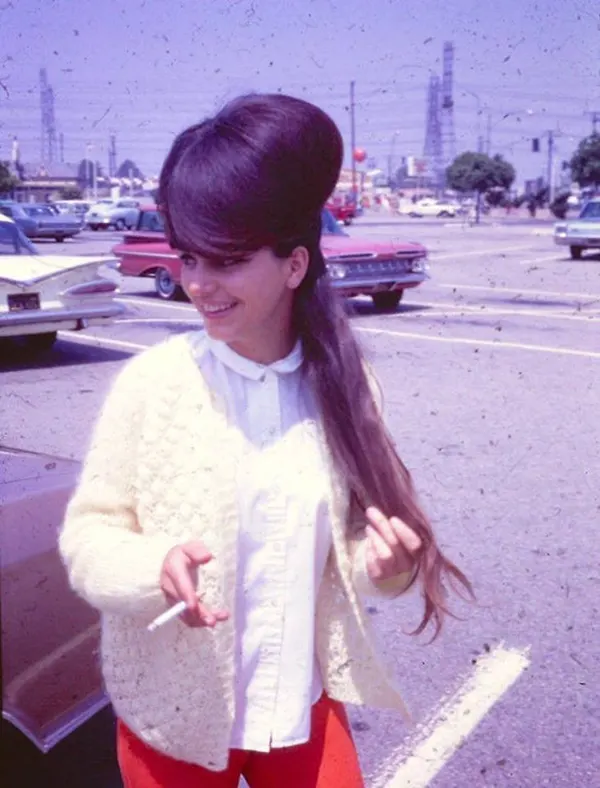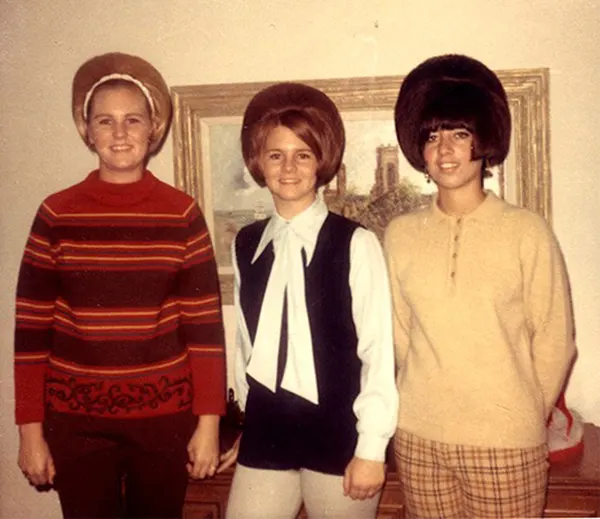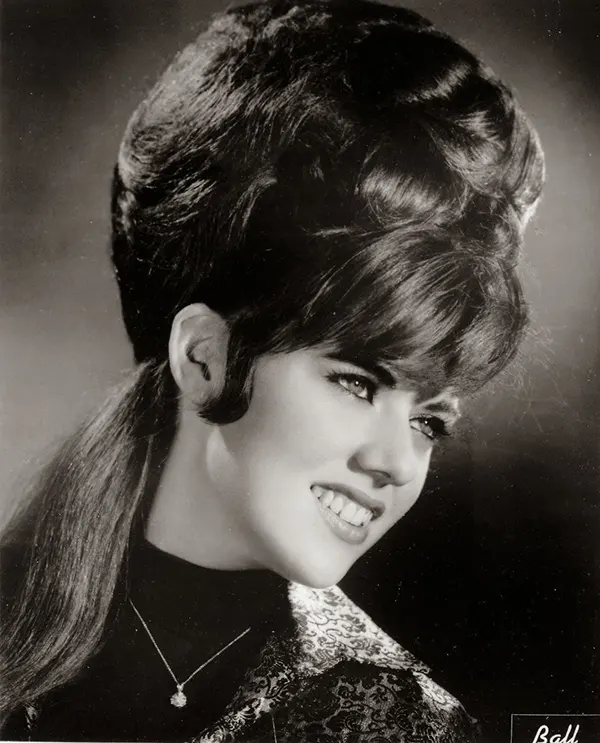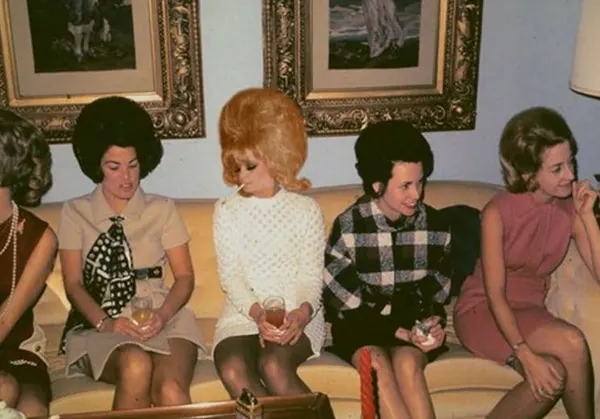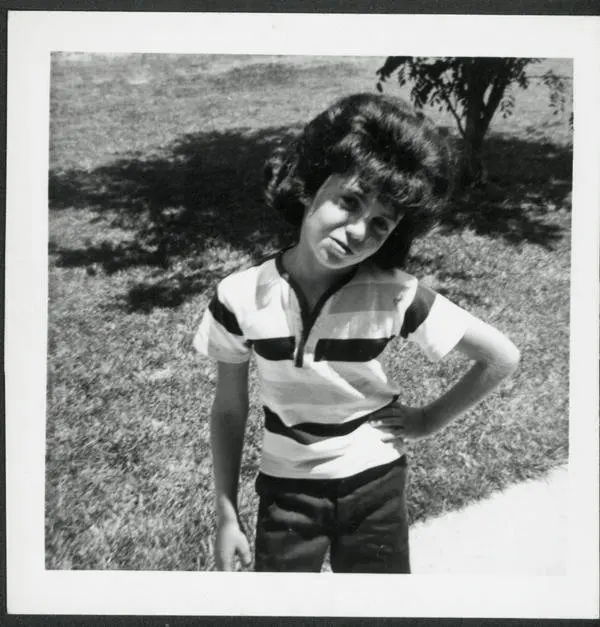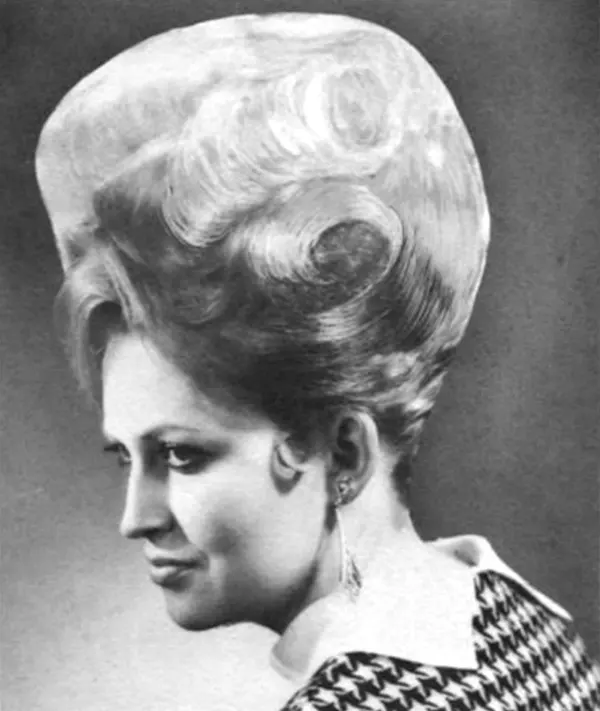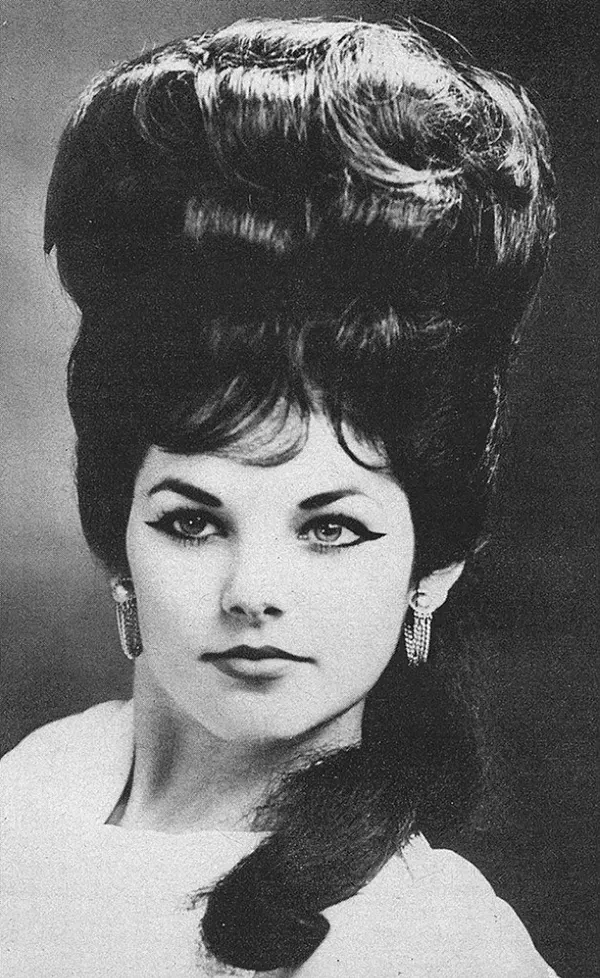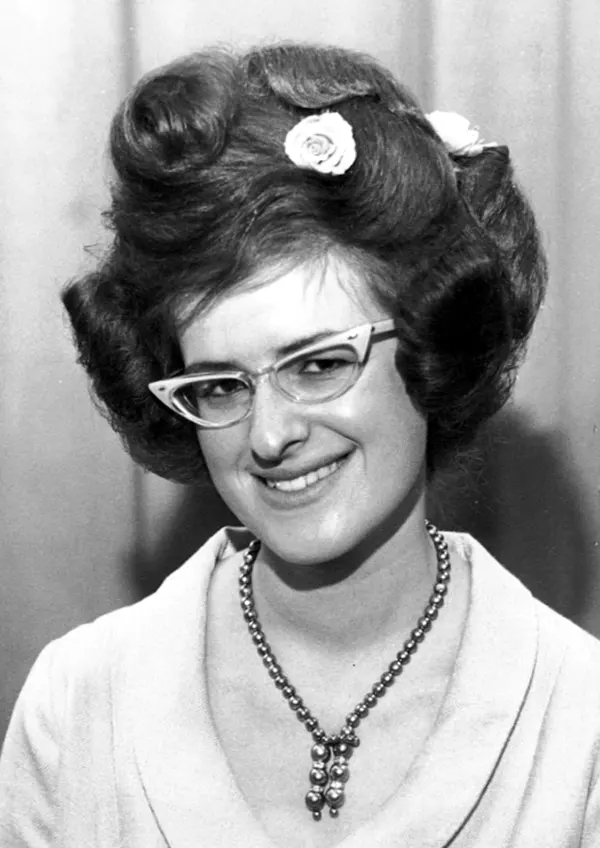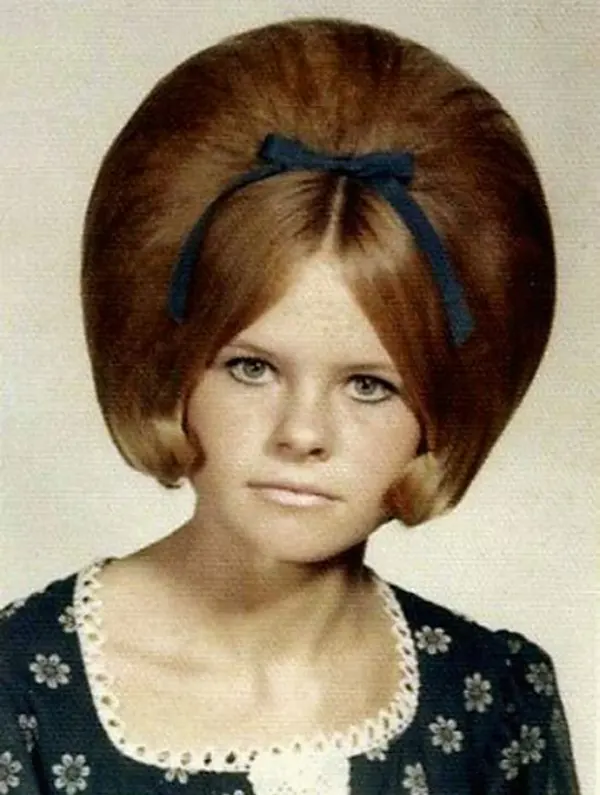Celebrities like Dolly Parton, Priscilla Presley, and Brigitte Bardot rocked those larger-than-life hairstyles, making them look effortlessly fabulous. But let’s face it, not everyone nailed the trend. Some attempts at those 1960s hairdos might be best left in the past. To achieve those towering styles, people drenched their hair in hairspray, turning bedtime into a nightmare. Despite the struggles, these extravagant hairstyles became a huge deal, symbolizing a rebellious and daring spirit of the times. Extremely popular in the late 1950s and 1960s, the bouffant style (which comes from the French word bouffante, meaning puffed out) was a hairstyle that’s raised high on the head and features a rounded shape. The bouffant first surfaced in the 1950s, reflecting a return to big hair for women following a period of plain wartime styles. Two innovations of the late 1950s helped revolutionize hairstyling and paved the way for the bouffant age: the roller, used to lift and wind the hair (which was then backcombed or teased to give it maximum height); and lacquer spray, a heavy hair spray which held the style in place. Bouffants began to catch on in the United States following a Life magazine article touting the “aristocratic” European look. First Lady Jacqueline Kennedy’s adoption of the hairstyle in the early 1960s helped popularize it even more. By 1964 hair spray had become the nation’s number one beauty aid, surpassing lipstick. Around that time young girls took the bouffant to new heights with a style called the beehive. Teenagers would set their hair every night in huge rollers, using a gel solution called Dippity Do, and proceed to sleep in them. Those with extremely curly hair used large frozen cans in place of the smaller rollers. Some women even wrapped toilet paper around their heads at bedtime in order to preserve the increasingly ornate, sculpted styles. During this decade, the bouffant gained notable popularity among musical personalities, especially members of girls groups performing R&B, bubblegum pop, soul, and doo-woop music. Some groups that adopted the bouffant in the 1960s included The Supremes, The Ronettes, The Shirelles, and Martha and the Vandellas. Although their popularity during the early 1960s was immense, bouffants and beehives proved difficult styles to wear, involving extensive preparation and a great number of tools. In the mid-1960s the fashion tide began to turn toward more natural hairstyles. Another trend was the beehive hairstyle. Its name comes from its resemblance to an upside-down beehive or a cone sitting atop the head. Achieving this look involved teasing or backcombing the hair to create a voluminous mound at the crown, while the outer layers were carefully smoothed and shaped around this elevated base. Keeping this intricate hairstyle intact required a liberal amount of hairspray, ensuring it stayed in place throughout the day. What made the beehive so distinctive was not just its height, but also the sleek and polished finish that adorned the outside layers. Accessories like headbands, ribbons, or decorative clips were often added to further enhance the style, making it an extravagant yet elegant choice for various occasions.
(Photo credit: Pinterest / Flickr / Wikimedia Commons). Notify me of new posts by email.
Δ Subscribe
